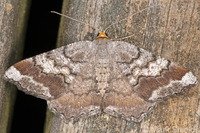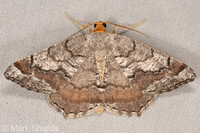
| Recorded by: Mark Basinger on 2025-10-01
Richmond Co.
Comment: | 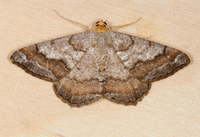
| Recorded by: Jim Petranka, Mark Basinger and Becky Elkin on 2025-08-30
Richmond Co.
Comment: |

| Recorded by: David George on 2025-06-29
Moore Co.
Comment: | 
| Recorded by: Jim Petranka, Mark Basinger and Becky Elkin, David George on 2025-06-29
Richmond Co.
Comment: |

| Recorded by: Allison Garton on 2025-05-24
Moore Co.
Comment: | 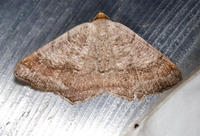
| Recorded by: Jim Petranka, David George, Jeff Niznik on 2025-05-24
Richmond Co.
Comment: |
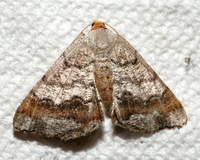
| Recorded by: David George, Jeff Niznik on 2025-05-24
Richmond Co.
Comment: | 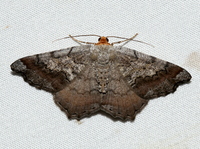
| Recorded by: David George, Jeff Niznik on 2025-05-24
Richmond Co.
Comment: |

| Recorded by: Jim Petranka and Becky Elkin on 2025-05-23
Richmond Co.
Comment: | 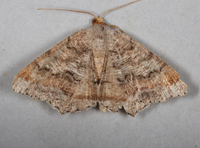
| Recorded by: Jim Petranka and Becky Elkin on 2025-05-23
Richmond Co.
Comment: |

| Recorded by: John Petranka, Jim Petranka and Becky Elkin on 2025-05-09
Cumberland Co.
Comment: | 
| Recorded by: John Petranka, Jim Petranka and Becky Elkin on 2025-05-09
Cumberland Co.
Comment: |
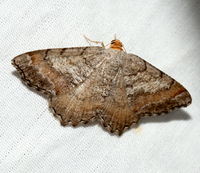
| Recorded by: David George, Jeff Niznik, Brian Bockhahn, Jim Petranka, John Petranka, Becky Elkin on 2025-05-09
Cumberland Co.
Comment: | 
| Recorded by: David George, Jeff Niznik, Rich Teper on 2024-04-16
New Hanover Co.
Comment: |
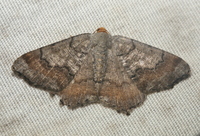
| Recorded by: David George, Jeff Niznik, Rich Teper on 2024-04-16
New Hanover Co.
Comment: | 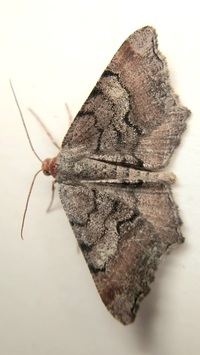
| Recorded by: Mark Basinger on 2024-04-01
Wilson Co.
Comment: |

| Recorded by: Jeff Niznik on 2023-06-18
New Hanover Co.
Comment: | 
| Recorded by: Jim Petranka and John Petranka on 2023-06-14
Moore Co.
Comment: |

| Recorded by: Jim Petranka and Bo Sullivan on 2023-06-13
Moore Co.
Comment: | 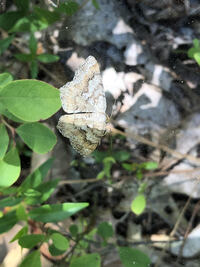
| Recorded by: Paul Hart on 2023-05-24
Harnett Co.
Comment: |
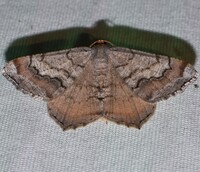
| Recorded by: David George, Jeff Niznik, Rich Teper on 2023-05-21
New Hanover Co.
Comment: | 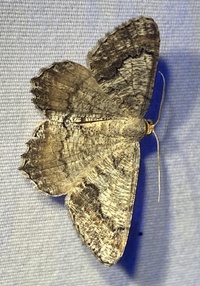
| Recorded by: David George, L. M. Carlson on 2022-07-26
Greene Co.
Comment: |
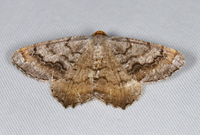
| Recorded by: Jim Petranka, Bo Sullivan, and Steve Hall on 2022-07-24
Moore Co.
Comment: | 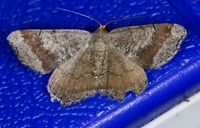
| Recorded by: Jim Petranka on 2022-05-31
Moore Co.
Comment: |

| Recorded by: Jim Petranka on 2022-05-30
Moore Co.
Comment: | 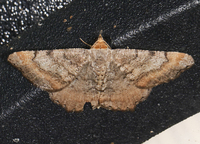
| Recorded by: John Petranka on 2022-04-11
Bladen Co.
Comment: |
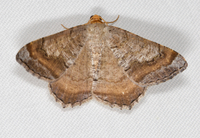
| Recorded by: Jim Petranka and Bo Sullivan on 2021-08-10
Moore Co.
Comment: | 
| Recorded by: David L. Heavner on 2021-05-30
Chatham Co.
Comment: |
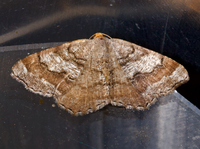
| Recorded by: Jim Petranka, Bo Sullivan and Steve Hall on 2021-05-10
Moore Co.
Comment: | 
| Recorded by: Dean Furbish on 2021-05-02
Wake Co.
Comment: |
|

 »
»